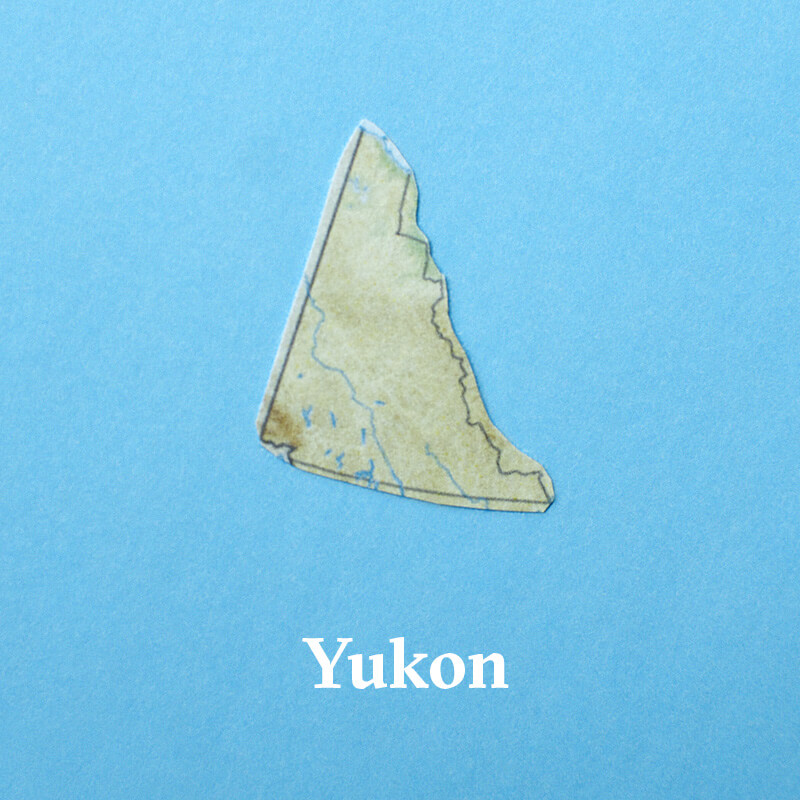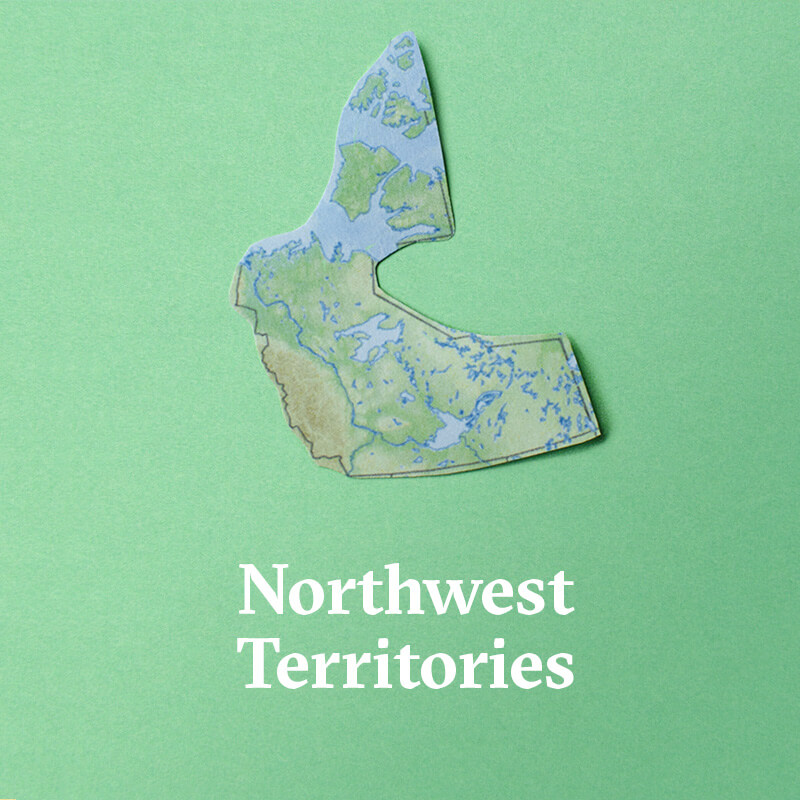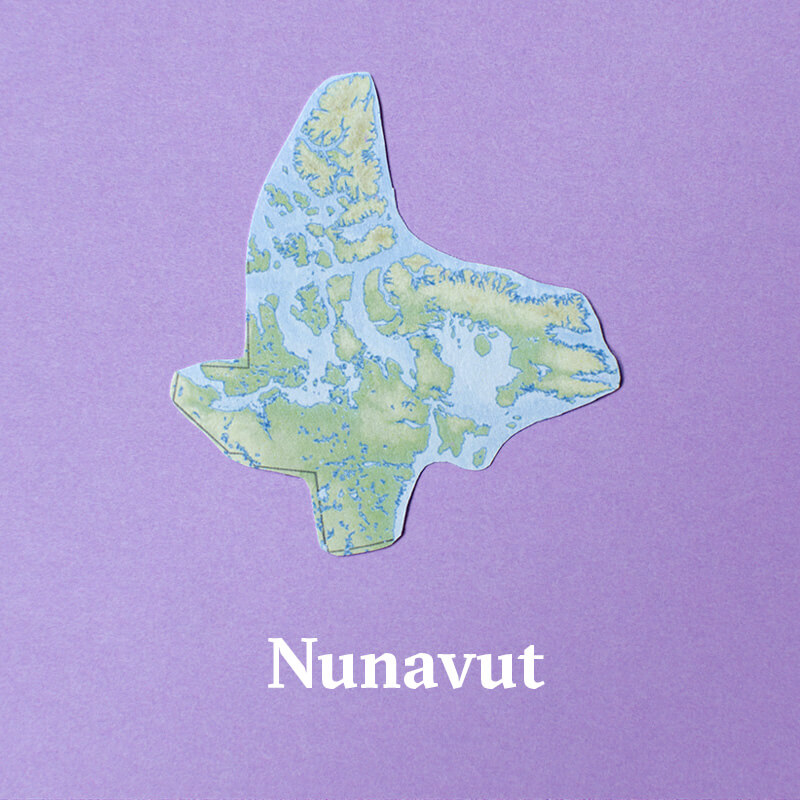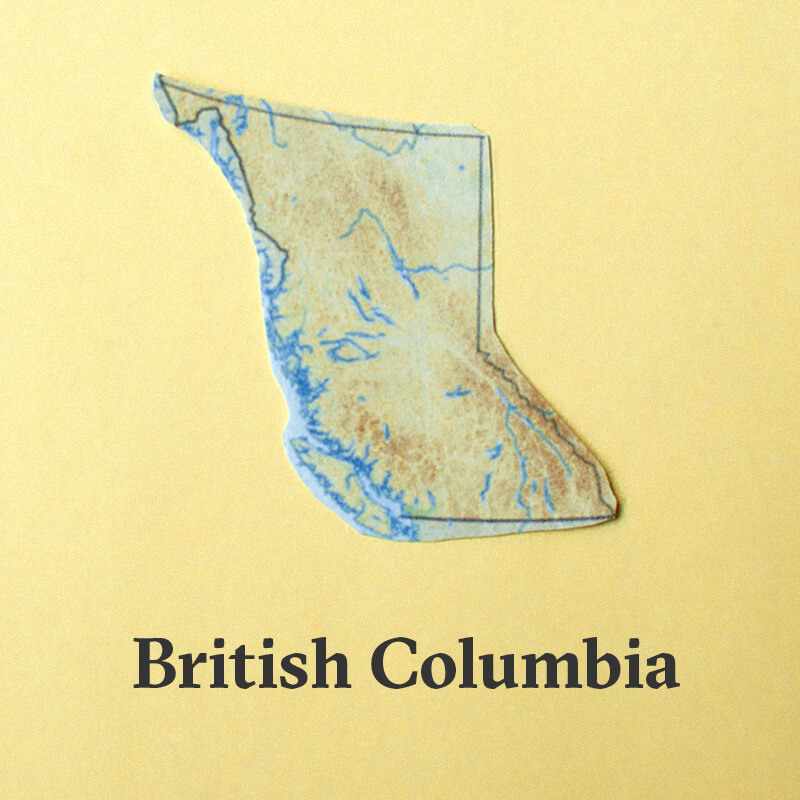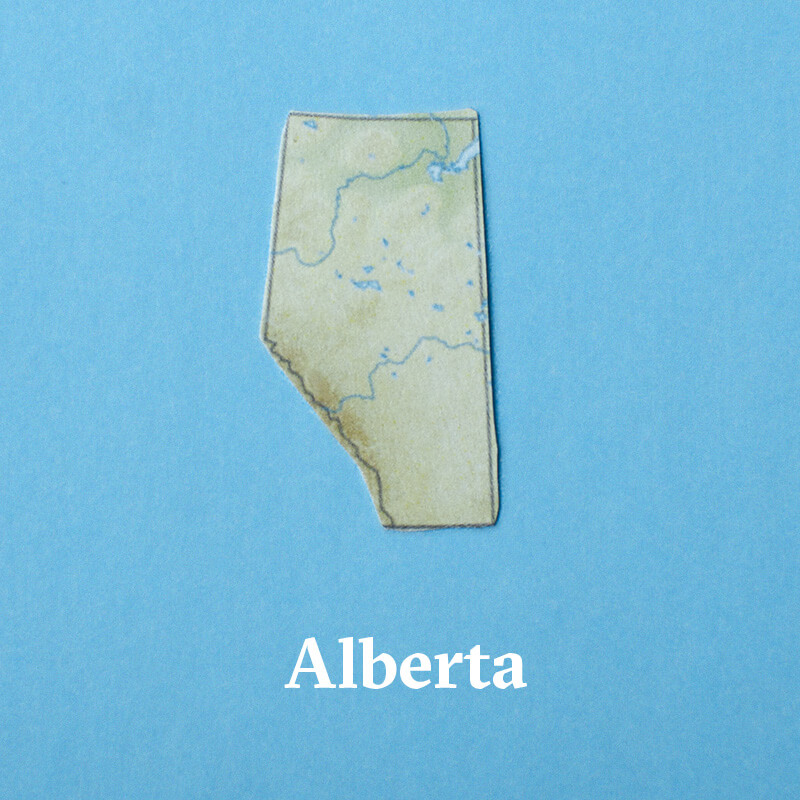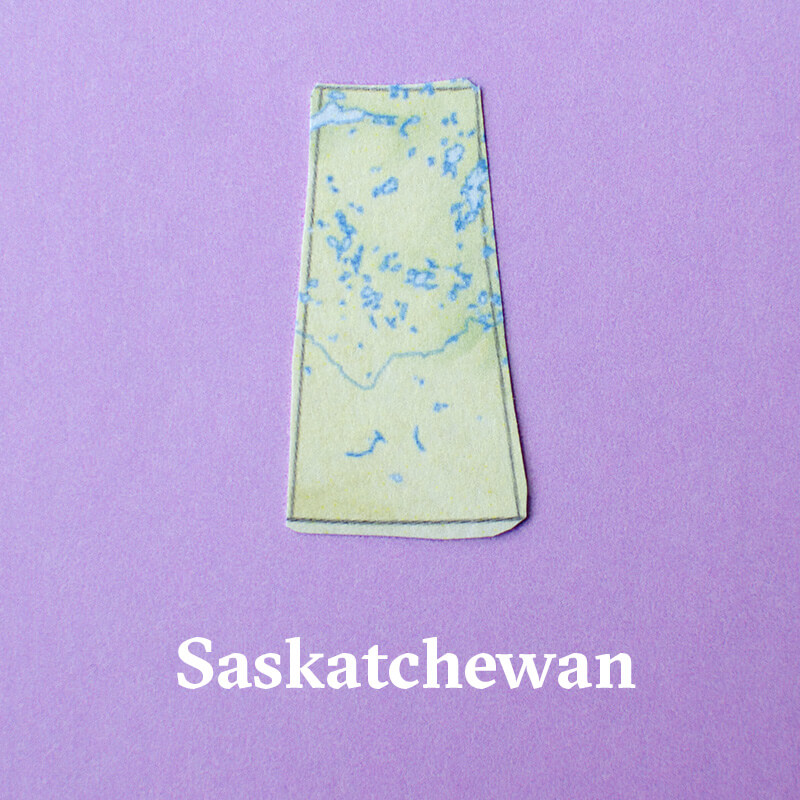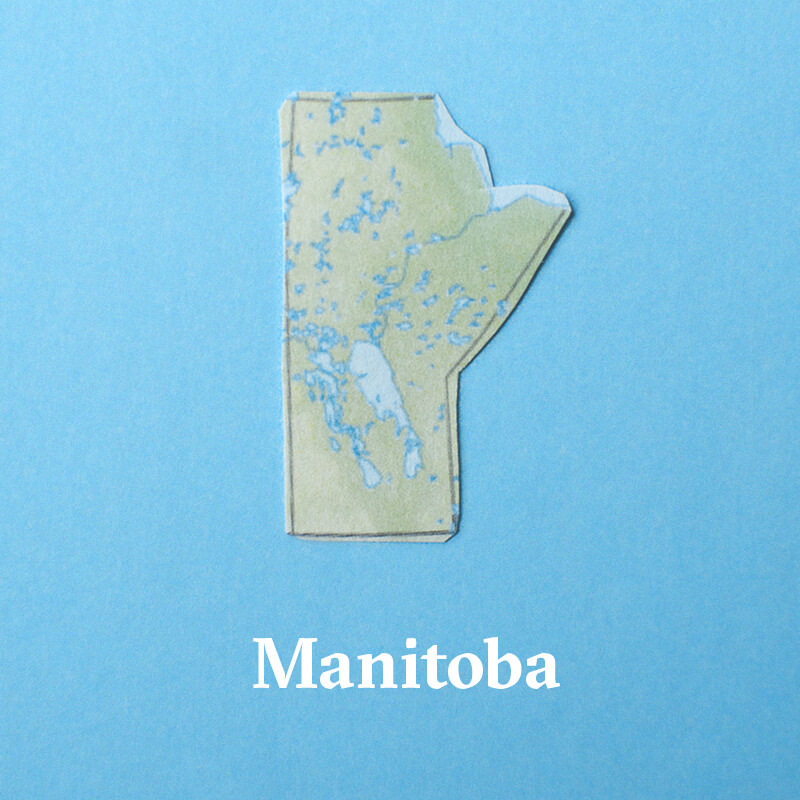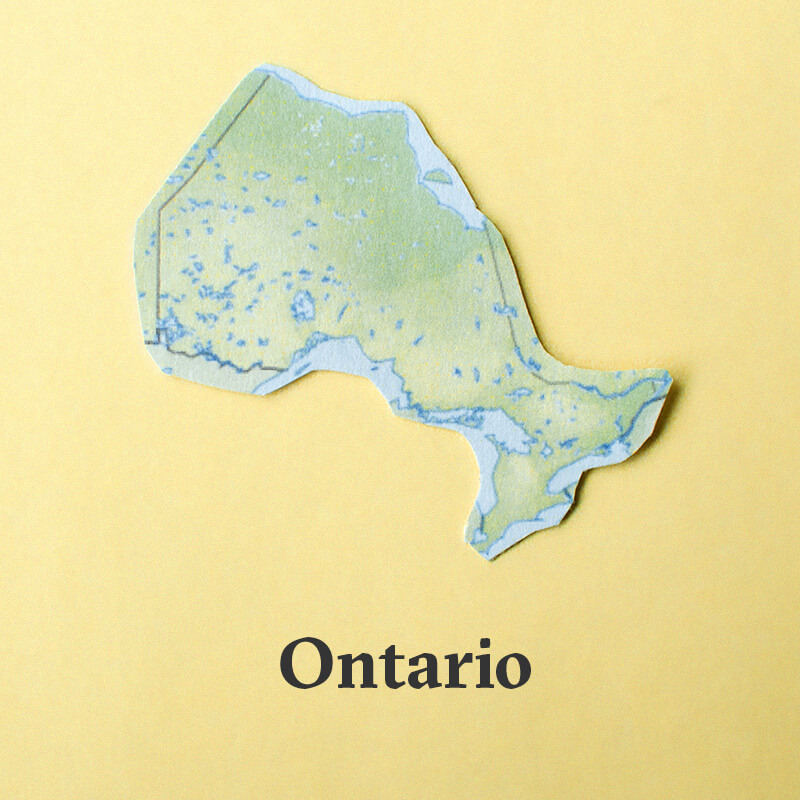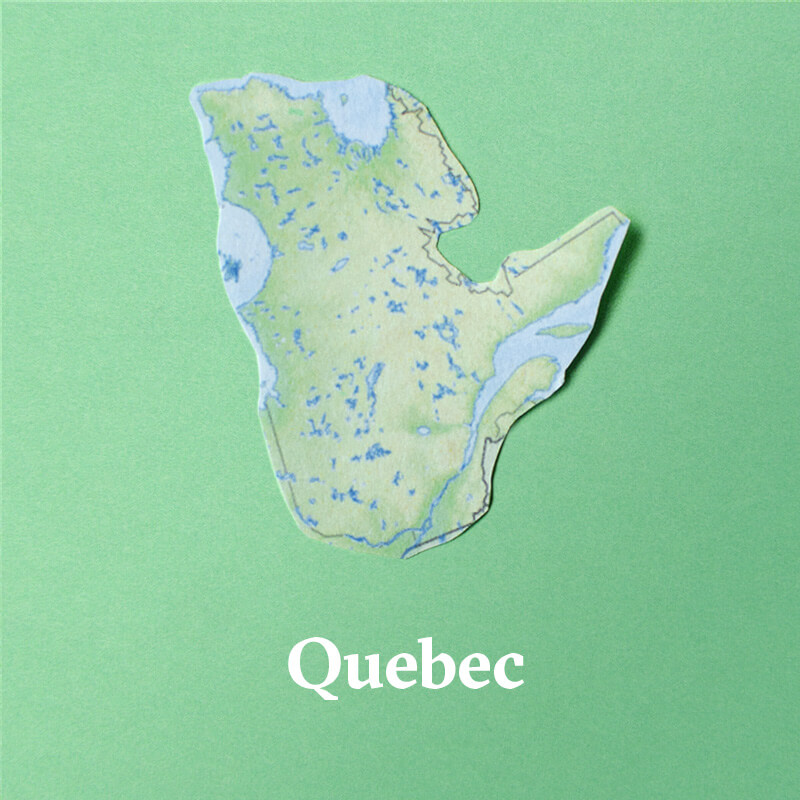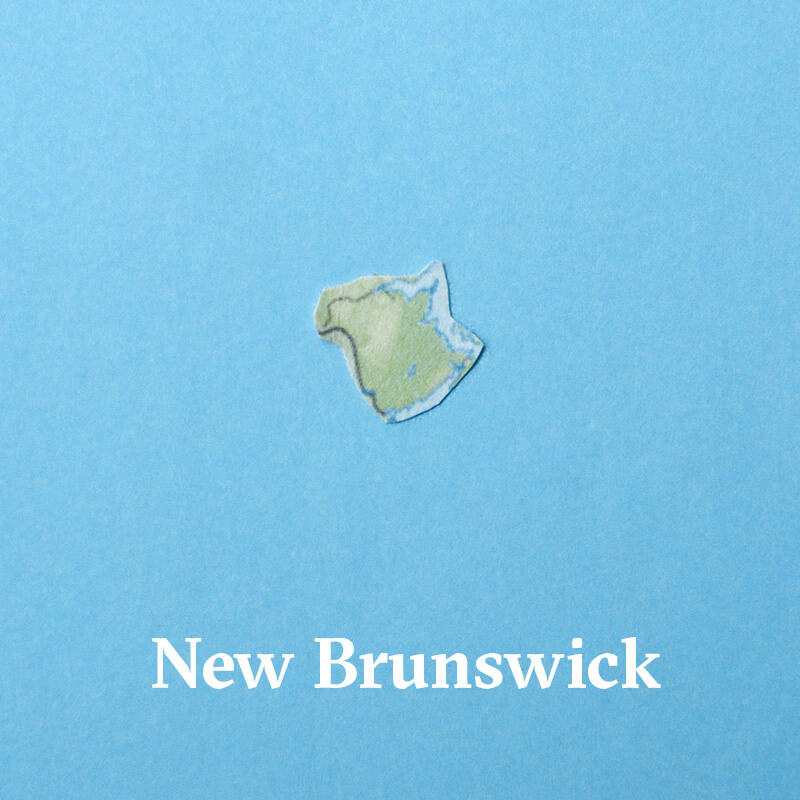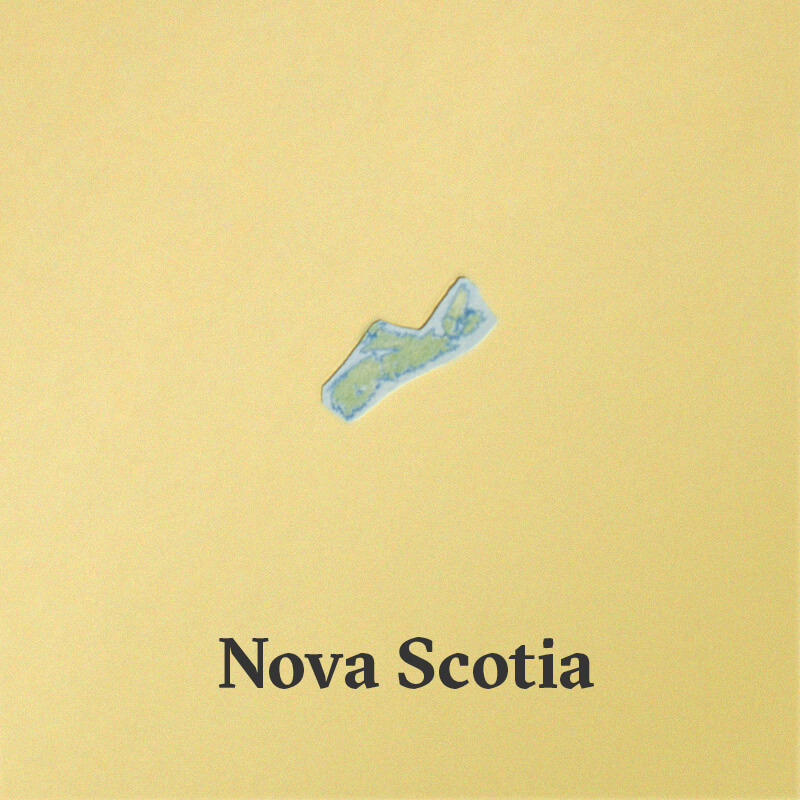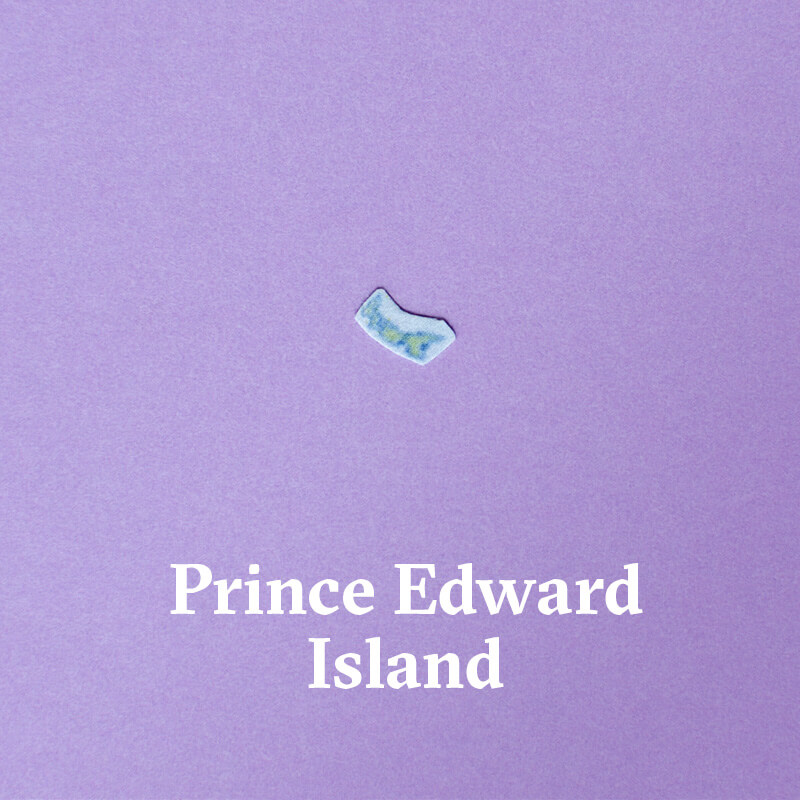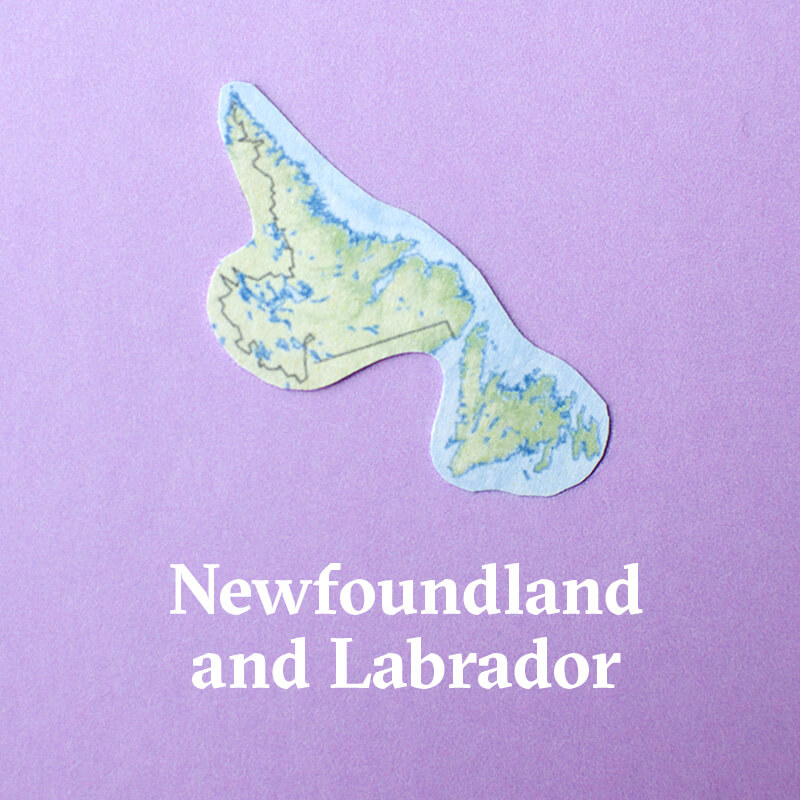Most provinces and territories across Canada have sparse sex-education guidelines, leaving the bulk of decisions to school boards and individual teachers. To compile this list of curricula across the country, The Walrus focused only on what students are required to learn in school based on official guidelines—evaluating neither suggested lesson plans nor external resources. This uncovered a system mired with ambiguity and subjectivity, where many subjects are left to educators’ discretion and interpretation. In fact, though many Canadian students may learn about topics such as consent, gender fluidity, or sexual orientation in school, the material is rarely required and fluctuates widely.
Students in British Columbia, for example, are not mandated to learn about different sexual orientations, but the province does provide resources, such as the lesson plan “Why ‘That’s So Gay’ Is Not Okay,” which can optionally be taught anywhere from kindergarten to grade twelve—or not at all. Manitoba, Saskatchewan, and Nunavut offer extensive resources for educators about gender fluidity and identity, but these are not incorporated into any mandatory curricula, which means they could easily be ignored. There are countless other examples of these kinds of inconsistencies. Some provinces and territories also allow for parents to opt out of sexual education for their children altogether.
Hover on the images of the provinces and territories below to learn what kids across Canada learn—and when.
A further note on methodology: because The Walrus is interested in examining what a student will learn in each province and territory regardless of their individual teacher or school board, we did not cite nebulous or overly general curriculum requirements. When filling out the “consent” category, for example, we looked for curricula that includes the word itself; a province that mandates only that students learn about “healthy sexual decision making” did not qualify. Similar ambiguities were uncovered in different curricula’s terminology or understandings of various topics; different programs defined “contraception” or “gender identity” in different ways. We prioritized clarity and specificity. In order for a curriculum to fulfill the “reproductive organs” category, it needed to teach human anatomy and the process of reproduction—not just the names of “private parts.” <
In order for a curriculum to fulfill the criteria for teaching “gender fluidity” and “sexual orientation,” we looked for wording that acknowledges the difference between gender, sex, and sexual orientation and provides students with resources to understand their own orientations and identities. That grade-four students in BC are taught about “physical, emotional, and social changes that occur during puberty, including those involving sexuality and sexual identity,” for example, did not meet our criteria. Nor did the fact that grade-six students in New Brunswick learn that “sexuality is an expression of one’s ‘femaleness’ or ‘maleness.’"
The information included here is current as of publication date, but many curricula are in the process of being updated by the province or territory—which means the situation might look very different in a couple of years, though progress remains patchwork and inconsistent. In Ontario, for example, students from kindergarten to grade eight are learning sex education based on the former curriculum developed in 1998. Students in grades nine and above are taught the curriculum developed in 2015. And the provincial government is currently writing an entirely new curriculum for the 2019/2020 school year.
